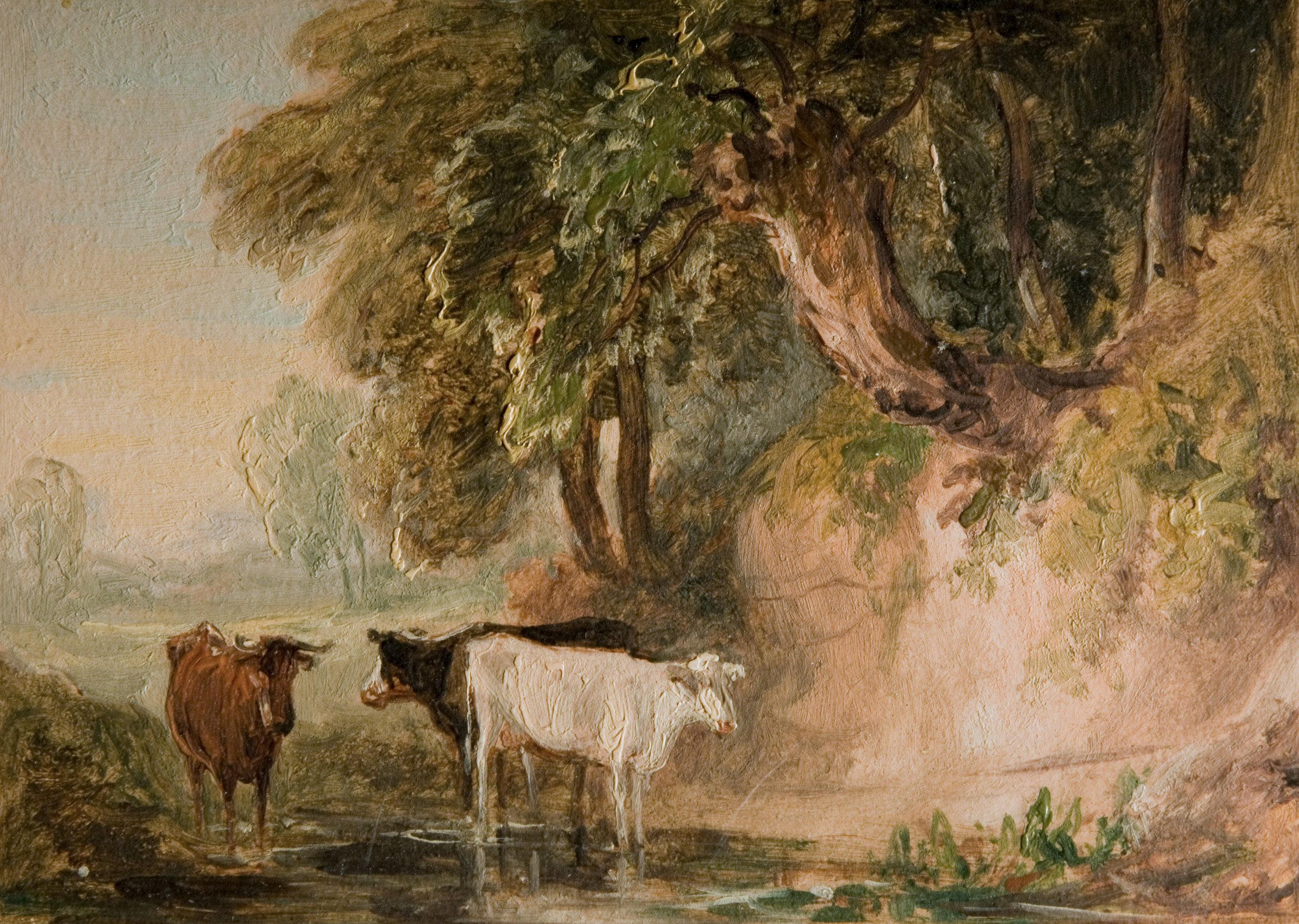
I S S U E 8
Even the Stinking Hellebore
Jeremy Wikeley writes about ecopoetry and disappearance of the pastoral
When I was twelve or thirteen, I spent six months on the other side of the world, mostly in Australia. One of my most vivid memories is not anything that happened over there but the flight back into England, looking out the cabin window and realising that, compared to so much of the planet, this country really is as green as the poems say. You get the same hit of colour from taking the train between almost any two towns: rather than the aerial perspective’s pastoral patchwork, which is also the record of centuries of enclosure, the fields roll like bedding up to copses of trees or single oaks on the brow of grassy slopes, villages, and church spires nestling in folds between them.
In both cases, the view is only possible because we can’t see the machine we see it from. ‘Adlestrop’, Edward Thomas’s rapt vision of rural peace, could not take place without the ‘express train’ stopping ‘unwontedly’ at the station. The initial stanzas strip away the trappings of modern travel—the train becomes the hiss of its steam, the platform is empty, the cough unattributed—until all that remains is ‘Adlestrop – only the name’; by then, even the ‘I’ has been dismantled. The rest of the poem, that luscious dream of a huge engine at rest, grows like a surreal flowering plant out of that still and empty centre, from the herbs which sound so right but don’t mean anything to someone like me—the ‘willow-herb’ or ‘meadowsweet’—to the birds in their shimmering counties.
Just how divorced most of us are from the natural world is the central paradox facing anyone who sets out to write ‘ecopoetry’. The word, somewhere between a subgenre and something you would use to clean your sink, implies that the ecology has had to be added back in. Sometimes it can seem like even the superficial aspects of the movement—who writes it, and what they write about—stand as a record of that disconnect. Of seventy-plus poems in the three most recent anthologies produced by the Gingko Prize (‘the world’s biggest prize for ecopoetry’), I could only find one directly concerned with the activity that brings us closest to nature—rearing it, hunting it, killing it, eating it—and none with the one that created the landscape outside the train window.
Perhaps the final disappearance of the pastoral as a subject for poetry has been arriving for so long that no one noticed when it actually got here. The defining image of a farmer in contemporary poetry may well be Paul Muldoon’s mysteriously absent Brownlee, who abandoned his ‘last unbroken rig’ one morning and hasn’t been seen since. Muldoon’s poem knowingly resists anything like an explanation for Brownlee’s departure but if you wanted one it wouldn’t be hard to find: intensive agriculture and a global market means fewer people working the land (Brownlee probably sold his three acres and four bullocks to a larger farm). In the meantime, small farms, many of whom depended on subsidies from the EU, increasingly struggle to sustain themselves and the seasonal migrants the sector depends on often work in appalling conditions. Home or abroad, much of what we eat is produced in circumstances, and by people, we know next to nothing about, even as Brexit and Russia’s war in Ukraine shoot the issue of ‘food security’ up the agenda. (The Guardian reports that ‘in 2021 . . . of the 29,631 visas issued under the T5 seasonal work scheme, 19,920—67%—were given to Ukrainians’). For my own part, it was only after I’d read through the Gingko anthologies that I realised what was missing—I wouldn’t have even thought to look.
The invisibility of food production in poetry is a reflection of its invisibility in modern life, but it leads to some disquieting ironies. The rosy notions of agriculture once conjured up by the pastoral may have been a lie, but at least they showed us the things they were disguising (and the best ‘pastoral’ poetry is far from rosy): some ecopoetry, or at least some of the language used around it, serves as a kind of double erasure, rendering the way we really exploit nature invisible while dining out on its associations. In her introduction to the 2020 Gingko Prize anthology, Jade Cuttle, who judged the award alongside the Poet Laureate, compares the act of reading for the prize to ‘foraging’ (as opposed to, say, winnowing the chaff) and recommends the poems that follow for their ‘nourishing and vital’ qualities. Despite Cuttle’s positivity, the overwhelming tone of the subsequent poems, many of them superb, is the need to confront feelings of fear, loss, and, ultimately, desperation (the anthology is available for free on the Gingko Prize website). Yet how exactly we ‘nourish’ ourselves from here on in is exactly the problem, given modern agriculture is responsible for the destruction of most of the world’s natural habitats, and a significant amount of greenhouse gases, while millions of people still live in food poverty in the UK and starve elsewhere. These are profound problems. They are deeply political. But no, off we go, foraging.
In theory, even as farming fades from view, we can see nature like never before. But this glut of moving images does not easily translate into poetry either. Dom Bury’s ‘Extinction’, one of the pieces commended in the anthology, describes ‘How beautiful some things are / when slowed / right down’. Some of these cinematic visions are given their own lines: ‘starlings’; ‘bulbs exploding’; ‘a storm erupting from thin air’. Others are scattered between carefully indented two- and three-line stanzas. As the poem judders to its conclusion, the process of extinction, charted on a graph, is compared to the way ‘light disintegrates / from a television screen’. The narrator explains how they think ‘. . . there could / be beauty / in this too / some grace / in our unravelling’, in watching ‘just another animal / pressed to mute / as a planet learns to pick off / from its skin old scabs.’
For me, these last lines fall flat, disastrously so, and not only because the metaphor of picking a scab feels so inappropriate (it isn’t clear, after all, whether ‘animal’ here refers to humans, or other animals, or all of us, but the result would be the same). The problem is not that there is a persona, either, the much-maligned ‘I’, or that that persona is obviously the poet themself, or even that the poem is concerned with writing poetry. Rather, that final metaphor’s failure simply brings home what has been happening all this time: these images, however individually sublime, have come from nowhere, without any voice or world for the reader to inhabit beyond the camera’s logic, which is no logic at all (and which, as readers, we cannot actually see). The overall effect is the literal one: we are watching someone else watch a nature documentary.
Most of us have very little access to the natural world. According to the Right to Roam campaign, 92% of the countryside is out of bounds for most of the population; in 2019, 83% of us were living in an urban environment. Dannie Abse’s ‘As I Was Saying’, from the appropriately-named collection A Small Desperation (1968), is in many ways a reply to ‘Adlestrop’: a necessary defence of the ‘ignorant suburb’ and the kind of people it produces against a culture which still prefers its poets to be ‘in dialogue with the country’. The poet, or his persona, imagines replying to a critic who has suggested he follow the example of the ‘nature poets’ and learn something about native flora and fauna. Abse concedes he could ‘mug up anew’ on English wildflowers, especially since he has a ‘young, questioning family’ but his tone leaves little doubt how he really feels. The long list of names he imagines reeling off in the ‘W. H. Smith book / I could bring home for myself (inscribed to my daughter)’ mocks Thomas’s botanical precision: ‘Butterbur, Ling, and Lady’s Smock, Jack-by-the-Hedge, Cuckoo-Pint, and Feverfew, even the stinking Hellebore . . . ’:
But no! Done for in the ignorant suburb,
I’ll drink Scotch, neurotically stare through glass
at the rainy lawn, at green stuff, nameless birds
and let my daughter, madam, go to nature class.
I’ll not compete with those nature poets you advance,
some in country dialect, and some in dialogue
with the country – few as calm as their words,
Wordsworth, Barnes, sad John Clare who ate grass.
Yet, in its own small and desperate way, and despite its superficial antagonism, Abse’s ‘realistic’ poem has more in common with Edward Thomas’s Cotswolds reverie than immediately meets the eye. Both poems, narrated from behind a pane of glass, rely on their structure to achieve their inverse effects. Though ‘Adlestrop’ begins as a simple anecdote (‘Yes, I remember Adlestrop’), its early lines lay the ground for the second half of the poem to carry the reader off into a waking dream. In ‘As I Was Saying’, by contrast, the pivotal moment, of Abse staring ‘neurotically’ through the window at wet grass and unknown birds, is made even more claustrophobic for being squeezed into a couple of lines between a wordy, awkward argument. Both poems do what only poems, in the end, can do: they re-enact the moment each time you read them.
Jeremy Wikeley is a writer and critic based in Hampshire.
